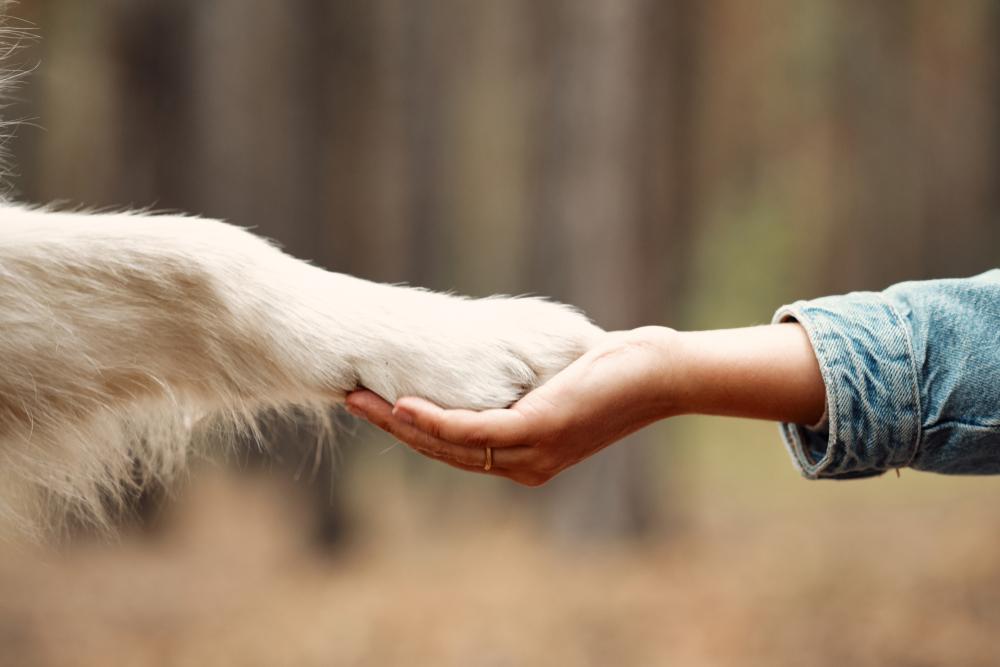Most dogs are eager to please, but they need to learn what is expected of them. Training is an ongoing process that begins with how to get along with their owners.
The first step in training a dog is getting rid of the notion of owning a dog; they are sensitive, living creatures with deep emotions. Even military and law enforcement K9 handlers view their canine partners as much more than a tool. Dogs see their master as the leader of the pack, whom they want to please. Giving the dog love and being patient are essential for successful training.






